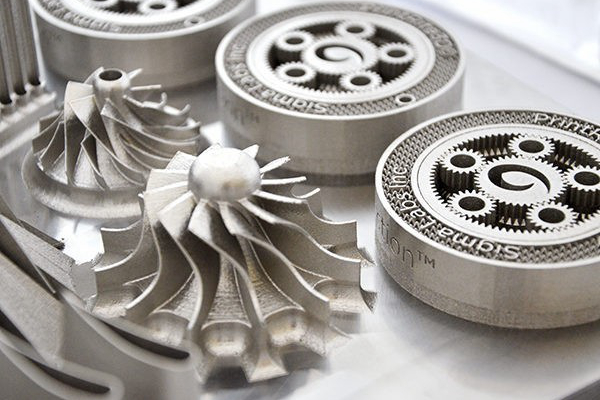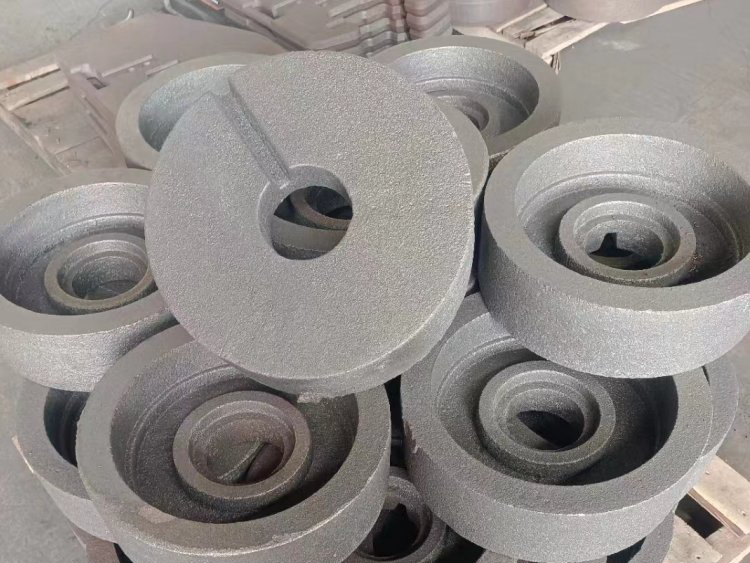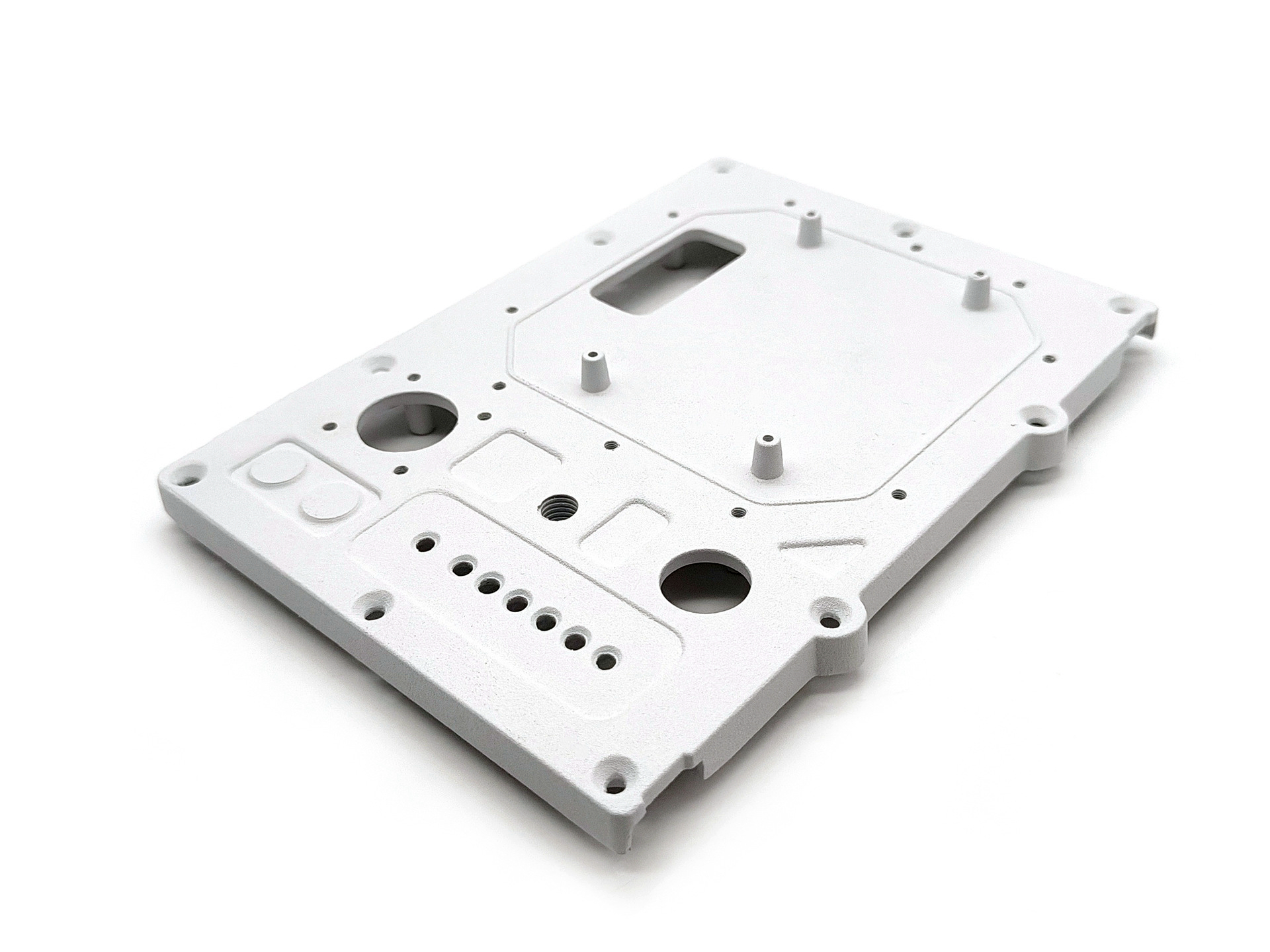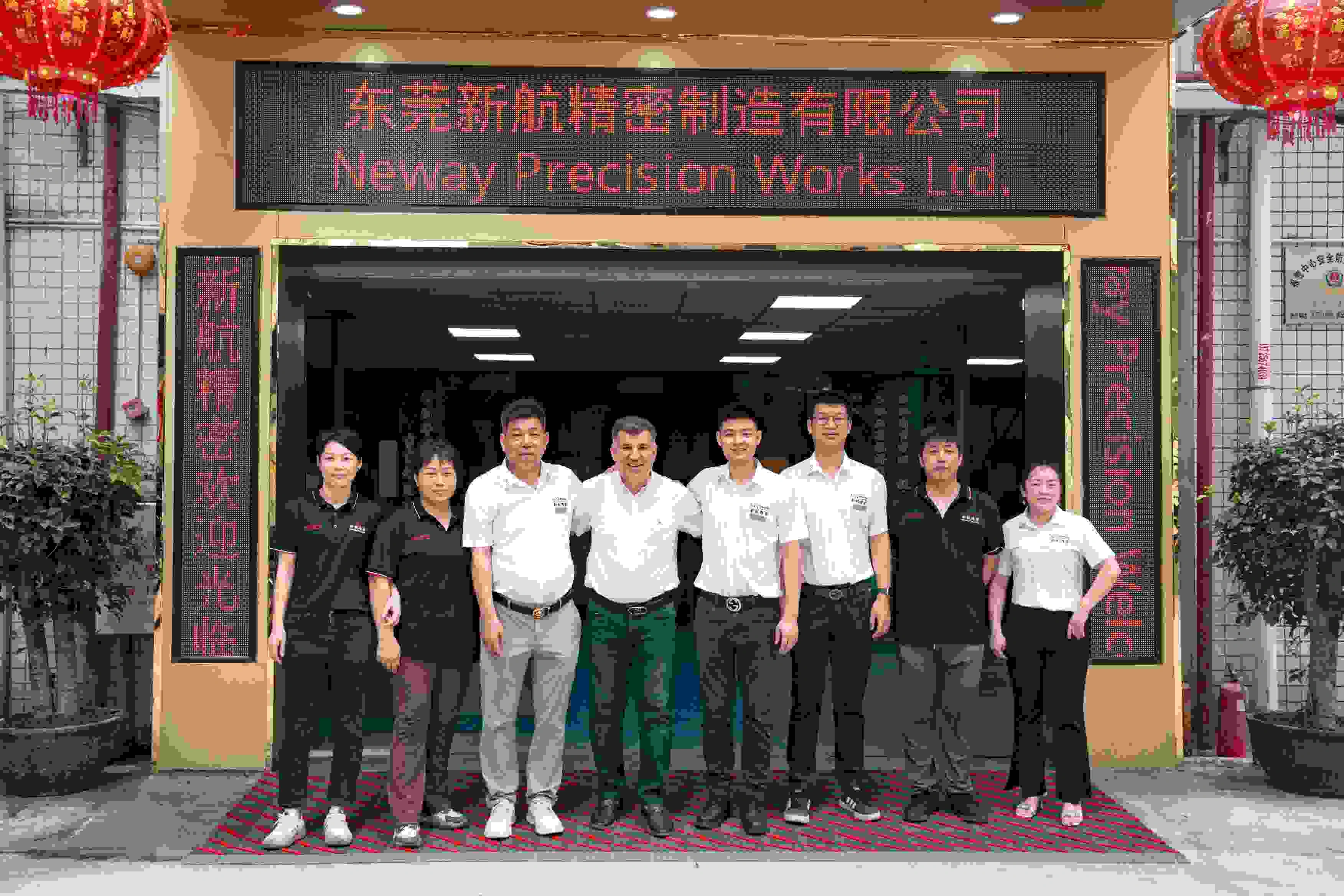What is Centrifugal Casting?
Introduction to Centrifugal Casting
Centrifugal casting is a metal casting process that forms cylindrical or symmetrical components by pouring molten metal into a rotating mold. The centrifugal force distributes the metal uniformly against the mold wall, creating dense, fine-grained castings with excellent mechanical properties.
This process is widely used for producing pipes, bushings, rings, and high-performance components across aerospace, automotive, power generation, and industrial machinery sectors.
How Centrifugal Casting Works
Process Principle
During centrifugal casting, the mold rotates at high speed (typically 300–3000 RPM), generating centrifugal force up to 100 g. Molten metal is introduced into the mold, and the force drives the metal outward. The resulting solidification from the mold wall inward promotes directional solidification and minimizes impurities in the critical areas.
Types of Centrifugal Casting
Process Type | Description | Applications |
|---|---|---|
True (horizontal) centrifugal casting | Axis of rotation is horizontal | Pipes, tubes |
Vertical centrifugal casting | Axis of rotation is vertical | Rings, flanges, gear blanks |
Centrifuge casting (centrifugal investment casting) | Small molds on a rotating table | Precision jewelry, dental parts |
Typical Process Parameters
Parameter | Range |
|---|---|
Mold rotation speed | 300–3000 RPM |
Metal pouring temperature | 700–1600°C (depending on alloy) |
Mold material | Steel, graphite, ceramic |
Mold preheat temperature | 150–500°C |
Advantages of Centrifugal Casting
High Structural Integrity
The centrifugal force expels gas bubbles and non-metallic inclusions toward the inner surface or bore, resulting in dense, void-free outer layers. Final parts exhibit exceptional mechanical strength and fatigue resistance.
Fine-Grained Microstructure
Controlled solidification leads to a refined grain structure with superior wear resistance and uniform material properties, particularly beneficial for rotating components and pressure-containing parts.
Near-Net Shape Efficiency
Centrifugal casting produces near-net shape parts, reducing machining time and material waste. For tubular components, it eliminates the need for forging or welding operations.
Versatile Alloy Capability
Suitable for a wide range of alloys, including:
Common Applications of Centrifugal Casting
Aerospace Components
Turbine rings
Jet engine casings
Bearing sleeves
Automotive Components
Cylinder liners
Gear blanks
Brake drums
Industrial Equipment
Heat exchanger tubes
Large pump casings
Rollers for steel mills
Oil & Gas
Pipe fittings
Pressure vessel components
By leveraging centrifugal casting, manufacturers can meet stringent performance and reliability requirements for critical parts in harsh environments.
Comparison with Other Casting Processes
Feature | Centrifugal Casting | Sand Casting | Investment Casting | Pressure Die Casting |
|---|---|---|---|---|
Porosity | Very low | Moderate | Low | Moderate to low |
Mechanical properties | High | Moderate | High | Moderate |
Dimensional accuracy | ±0.3–0.5 mm | ±1–2 mm | ±0.1–0.3 mm | ±0.1–0.3 mm |
Suitable part geometry | Rotationally symmetric | Complex freeform | Complex freeform | Complex thin-wall |
Typical production volume | Low to medium | Low to high | Low to medium | High |
Challenges in Centrifugal Casting
Geometric Limitation
Centrifugal casting is ideal for rotationally symmetric components (cylindrical, tubular, or ring shapes). It is not suitable for parts with complex internal geometries or thin-wall, non-symmetric designs.
Initial Tooling Setup
Although tooling costs are lower than high-pressure die casting, designing and balancing the rotating mold requires expertise, especially for large-diameter parts.
Process Control
Precise control of rotation speed, pouring rate, and mold temperature is critical. Improper control can lead to defects such as segregation bands or inclusions trapped in the metal matrix.
Innovations in Centrifugal Casting
Hybrid Processes
Combining centrifugal casting with vacuum assistance or electromagnetic stirring further enhances metallurgical properties, particularly for aerospace-grade alloys.
Advanced Simulation
Modern computational fluid dynamics (CFD) and solidification modeling enable accurate prediction of flow dynamics, defect formation, and grain structure evolution, improving first-pass yield.
Material Development
The process is being adapted for high-performance nickel alloys, titanium alloys, and even ceramic-metal composites, opening new applications in next-gen power generation and advanced propulsion systems.
Conclusion
Centrifugal casting is a specialized process that delivers high-strength, defect-free, and wear-resistant components for demanding industries. It offers unmatched performance for rotational parts where mechanical integrity, durability, and dimensional precision are critical.
As material innovations and digital manufacturing technologies advance, centrifugal casting remains a key enabler of high-reliability metal components in aerospace, automotive, energy, and industrial sectors.



